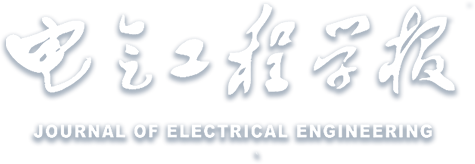Abstract:
In order to effectively solve the problem of the high temperature of lithium-ion battery in electric vehicle, Fluent numerical simulation method is used to design a battery thermal management system(BTMS) combining single-cavity cylindrical cold plate and phase change materials(PCM) with 18650 LIB as the research object. The effects of PCM thickness, coolant flow rate and inlet and outlet location on the cooling efficiency of the system are studied. The results show that the BTMS combined with liquid cooling and PCM can effectively reduce the surface temperature and temperature difference of LIB at high discharge rate. On this basis, the influence of PCM thickness is further studied, and it is found that the higher the thickness of PCM, the longer the phase transition time and the lower the temperature rise rate. For the flow rate of the liquid cooling part, in the range of 0 mm/s to 2 mm/s, the maximum temperature of the battery surface drops by about 16.79 K, but when the flow rate exceeds 2 mm/s, the cooling effect reaches a saturated state. Different inlet and outlet positions will bring different cooling effects, and different sides lower entrance and upper exit can provide a lower maximum temperature and the best temperature uniformity.


 下载:
下载: